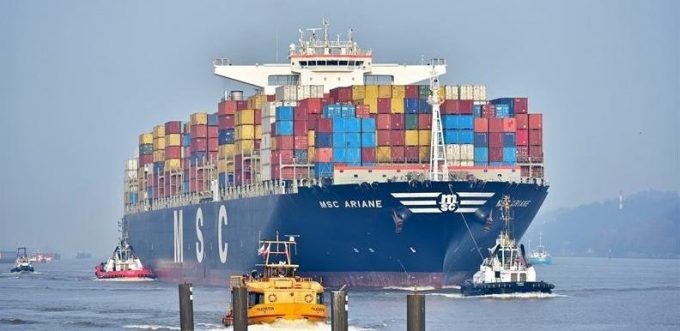Red Sea crisis forces Maersk to increase capacity over strategy limit
Maersk Line appears to have temporarily abandoned its strategy of maintaining capacity at no more ...

The impact of reduced volumes from China and weakening demand forecasts from the US and Europe is cooling the red-hot containership charter market, with brokers talking of a correction.
A broker contact told The Loadstar today new enquiries for open tonnage were “down to a trickle” and some owners that had played the lucrative spot market were becoming “a little nervous”.
“Hire rates for the small sizes are falling and that will eventually filter through to the bigger ships,” he said.
“A couple ...
Volcanic disruption at Anchorage could hit transpacific airfreight operations
Macron calls for ‘suspension’ – CMA CGM's $20bn US investment in doubt
De minimis exemption on shipments from China to the US will end in May
Forwarders stay cool as US 'liberation day' tariffs threaten 'global trade war'
Mixed response in US to 'Liberation Day', while China leads wave of retaliation
Tariffs and de minimis set air freight rates on a volatile course


Comment on this article